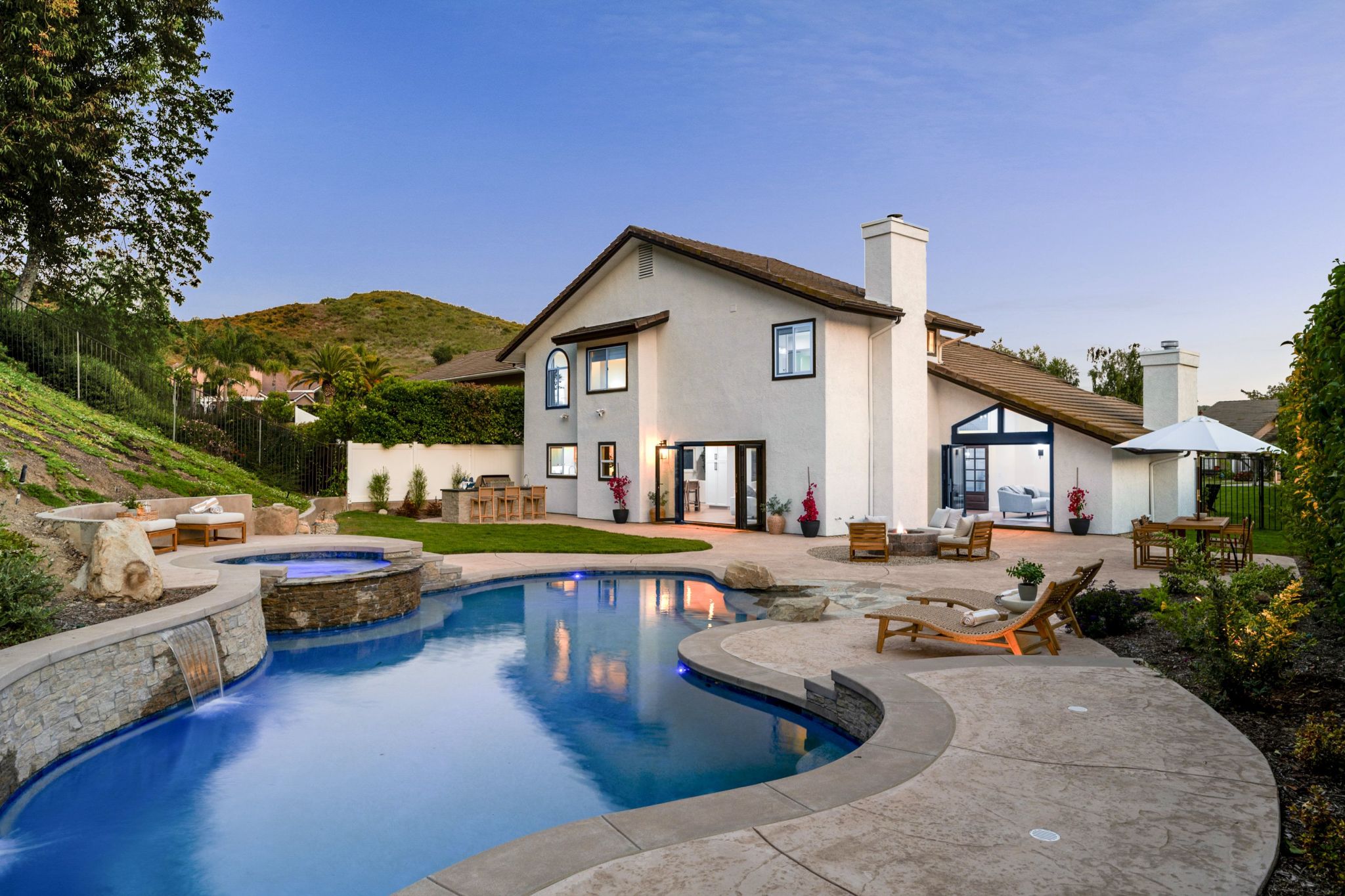The Complete Guide to Swimming Pool Construction: From Planning to Plunge
Building a swimming pool in your backyard is an exciting project that promises fun, relaxation, and a touch of luxury. However, the process from initial planning to the first splash can be complex. This guide will walk you through each step of swimming pool construction, ensuring a smooth journey from planning to plunge.
Planning Your Dream Pool
The first step in any successful pool project is thorough planning. Consider the purpose of your pool—whether it's for relaxation, exercise, or family fun—and let that guide your decisions on size, shape, and depth. You'll also need to think about your budget, as costs can vary significantly depending on materials and additional features.
It's crucial to check local building codes and regulations early on. Some areas have specific requirements regarding fencing, depth, and distance from property lines. Consulting with a professional at this stage can help ensure that your pool meets all necessary legal criteria.

Choosing the Right Location
The location of your pool can affect its usability and maintenance. Ideally, your pool should be in a spot that gets plenty of sunlight to keep the water warm and reduce heating costs. Additionally, consider the proximity to trees, as they can drop leaves and debris into the water, increasing maintenance efforts.
Ensure that the chosen location has a level surface to facilitate construction and that it's accessible for construction equipment. A well-chosen location will enhance both the beauty and functionality of your pool area.
Designing Your Pool
With a location selected, it's time to design your pool. The design phase involves choosing the shape, size, and features of your pool. Common shapes include kidney, rectangular, and freeform, each offering its own aesthetic and functional benefits.

Decide on additional features like waterfalls, diving boards, or hot tubs. These elements can add enjoyment but may also increase costs and maintenance needs. Consider incorporating energy-efficient equipment like variable-speed pumps or solar heaters to reduce long-term expenses.
Selecting Materials
Materials play a crucial role in the durability and maintenance of your pool. Concrete pools are highly customizable but require more maintenance. Fiberglass pools offer lower maintenance and faster installation but have limited design options. Vinyl liner pools are initially less expensive but may need liner replacements every 5-10 years.

Construction Process
The construction phase usually starts with excavation, where the pool area is dug out according to the design specifications. Following excavation, the installation of plumbing and reinforcement takes place before pouring concrete or setting up fiberglass shells or vinyl liners.
Once the structure is in place, finishing touches such as tiling, coping, and decking are added. This stage is also the perfect time to install any additional features like lighting or water jets.
Final Inspections and Filling
Before filling your pool with water, it's essential to conduct final inspections to ensure everything is correctly installed and meets safety standards. Once approved, you can fill your pool and treat it with necessary chemicals to maintain water quality.
Finally, it's time to dive in! Enjoying your newly constructed swimming pool is a rewarding experience after all the careful planning and hard work. Regular maintenance will keep it in great condition for years to come, providing endless opportunities for enjoyment and relaxation.
